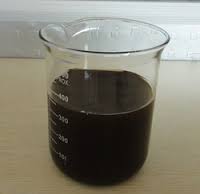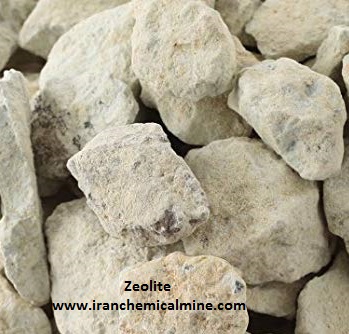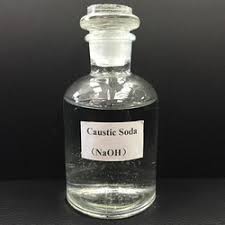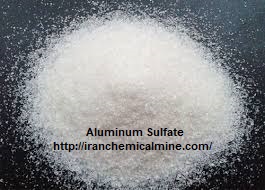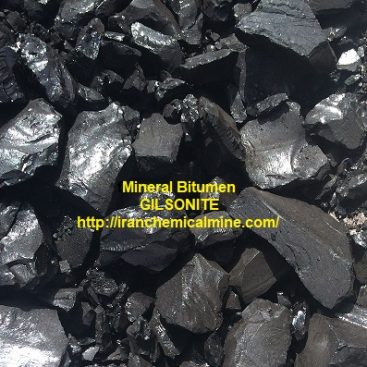- 10
- August 19, 2018
- Chem Pedia
Microsilica effect on concrete
The use of microsilica in concrete leads to a structure with finer cavities that reduce permeability. On the other hand, microsilica eliminating the dripping water phenomenon results in better bonding in the transfer region of cement and aggregate dough, resulting in increased strength of the concrete. In addition, replacing some of microsilica instead of cement due to increased electrical resistance of the concrete reduces permeability against chloride ion penetration. It should be noted that the use of microsilica in environments exposed to magnesium sulfate is not desirable. In researches, the replacement value of 12-7% of microsilica instead of cement has had favorable results.
Microsilica effect on concrete in drilling
A very important point about using microsilica is that it should completely slurry before use. The slurry should be completely fluent and free from particles that are bonded with microsilica. For this purpose, it is necessary to use a fast-moving mechanical gear. The adhesion of microsilica to each other, due to its great detriment, acts as an active silica in reaction with alkali, causing damage due to the alkali silica reaction.




